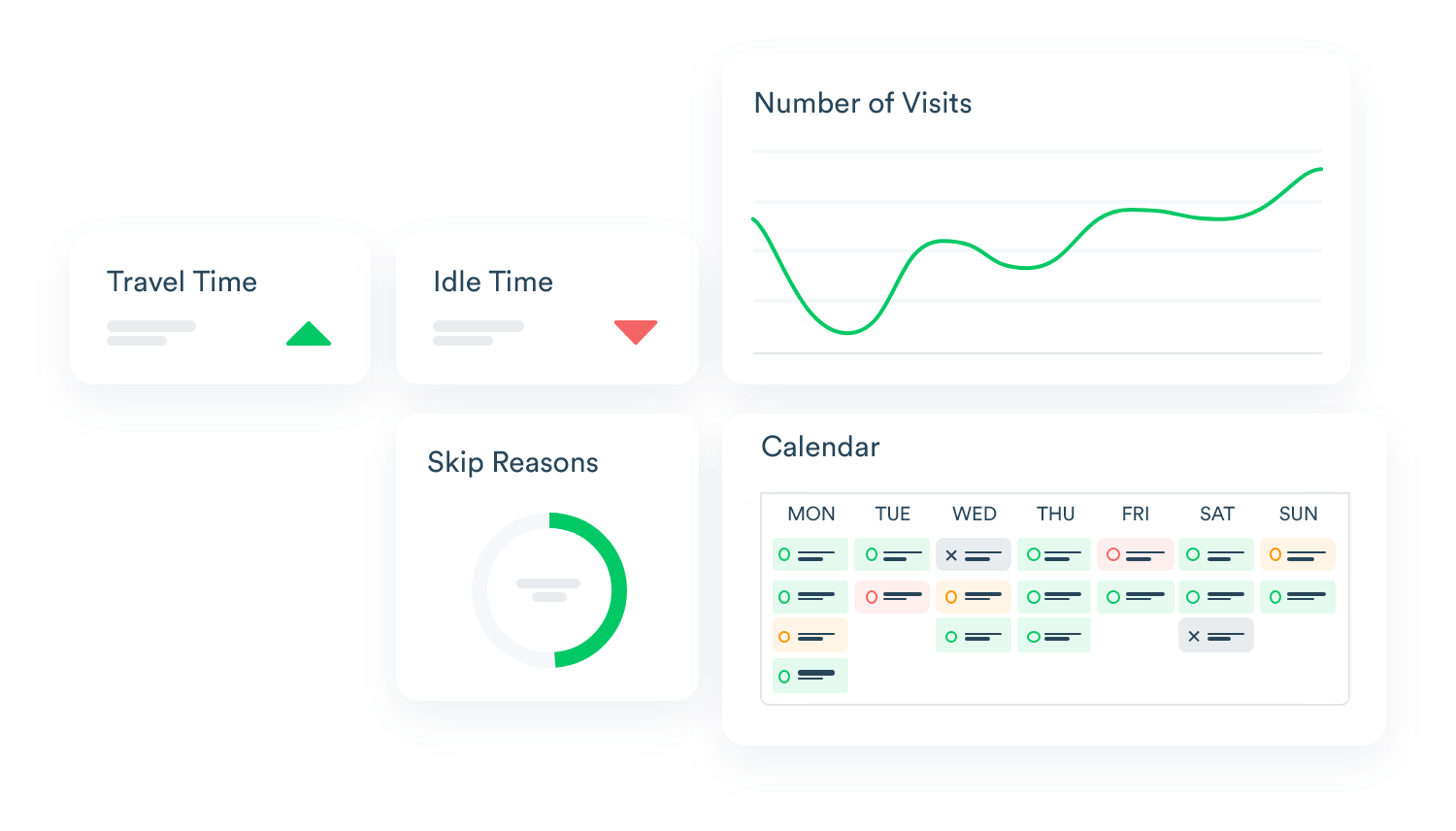Superior Customer Experience Through a Mystery Shopping Solution
Among various strategies, a mystery shopping solution offers a powerful method for gaining objective insights into actual customer experiences. This guide explores mystery shopping’s core components, benefits, processes, and its role in driving CX excellence, focusing on the mystery shopper and the strategic use of their findings.
This comes in handy at a time where customer experience (CX) has emerged as a key differentiator in today’s business landscape. Businesses are increasingly recognizing that understanding and enhancing the customer journey is essential for survival and growth.
Mystery Shopping Solution: Definitions First
A mystery shopping solution deploys individuals, or mystery shoppers, who act as regular customers to evaluate business facets like service quality, product availability, cleanliness, and adherence to standards. It’s a systematic way for businesses to covertly assess operations from an authentic customer viewpoint. The primary goal, as defined by the Mystery Shopping Professionals Association (MSPA), is to “assess the quality of service, organisation and management” and review “how staff perform against pre-determined standards”. This isn’t just about isolated shops; it’s a strategic framework involving planning, execution, data analysis, and implementing actionable steps for measurable improvements in CX and operational efficiency.
A mystery shopper is an individual contracted to anonymously evaluate elements like customer service, product knowledge, and operational efficiencies by posing as a typical customer. They observe, interact, sometimes purchase, and then provide detailed, objective reports based on predefined criteria. The effectiveness of any program hinges on the shopper’s caliber, training, and objectivity.
Customer Experience (CX) is the overall perception an individual forms about a company, shaped by all interactions throughout their buying journey. It has a significant emotional component, influencing loyalty and advocacy. Gartner found 89% of companies see CX as the new competitive battlefield. Positive CX fosters loyalty, while negative experiences, like those felt by 49% of customers who left a brand due to poor CX, lead to churn. A 5% rise in customer retention can increase profits by 25% or more. Mystery shopping provides a lens to evaluate specific touchpoints within this journey.
Why a Mystery Shopping Solution is a Game-Changer
Mystery shopping provides an objective, detailed view of the actual customer experience, identifying strengths and weaknesses that internal reviews might miss. This unbiased perspective translates into actionable insights for improvement. For instance, a restaurant chain improved online ratings by 20% after using mystery shopping to standardize service procedures.
The benefits extend beyond individual reports. It helps in improving service quality and consistency by identifying and addressing service gaps. It’s also key for ensuring compliance with standards and policies, vital in regulated sectors; a pharmacy improved compliance by 30% through such a program. Mystery shopping also boosts employee performance and identifies training needs by providing constructive feedback, leading to tailored development programs and increased motivation, as seen when a retailer improved service quality by 25%. Finally, it aids in gaining a competitive edge by offering insights into service quality compared to competitors.
The ROI is clear: 73% of companies using mystery shopping report improved customer satisfaction and businesses can see up to a 25% increase in customer retention. With 80% of customers more likely to stick with companies offering positive experiences and a 5% retention boost potentially increasing profits by 25-95% the value is evident. The global mystery shopping market, valued at USD 2,217.62 million in 2024 and projected to reach USD 3,237.20 million by 2032, underscores its growing importance.
How Does a Mystery Shopping Solution Work?
A successful program follows a structured process. It begins with Design & Planning, defining clear objectives and developing credible scenarios. Then comes Recruiting and Briefing the right mystery shoppers who fit the target customer profile and receive detailed training. The Evaluation Visit sees the shopper anonymously interact and observe based on predefined criteria. Post-visit, Reporting and Data Collection involves completing detailed reports, often with supporting evidence. Quality Control ensures data accuracy before the final Analysis & Action phase, where insights guide improvements.
Mystery shopping is versatile. In-Person evaluations assess physical locations. Online/Digital shopping reviews websites and apps. Telephone shopping assesses call center interactions. Video Mystery Shopping uses discreet recordings for detailed analysis. Multiple Touchpoint shopping evaluates the entire customer journey across channels. This adaptability allows businesses to gain a holistic view of their CX.
Like what your reading?
Take a moment to subscribe before continuing and never miss out on exclusive insights, news, and case studies.
Implementing a Successful Program: Best Practices
Effective program design starts with clear objectives and realistic scenarios that mimic genuine customer interactions. Securing stakeholder buy-in and communicating the program’s developmental purpose to staff is crucial. Consistency in deployment allows for trend tracking, and adherence to ethical considerations is paramount.
Questionnaires must be crafted for clarity and simplicity, using a mix of objective and subjective question types that are focused and relevant to program goals. Keep them at a manageable length, consider segmenting by experience phases, and always pilot test them.
Analyzing results involves identifying patterns and trends, benchmarking performance, and using visualization tools. A holistic analysis integrates mystery shopping data with other CX metrics like Voice of the Customer (VoC) data. The goal is to uncover the ‘why’ behind the ‘what’.
Closing the loop requires an action plan, effective communication of findings, and using insights for employee training and development or process improvement. Positive reinforcement for good performance is also key, and the program should be an ongoing process to monitor and repeat.
Mystery Shopping Solution an Evolution
Technology is reshaping the industry. AI and Machine Learning enhance data analysis, improve operational efficiency, and provide deeper CX insights, with some AI solutions reducing editing cycles by 25% and platforms like Evalyn reporting high accuracy in interaction analysis. Video Mystery Shopping offers objective, detailed evidence ideal for training and compliance verification. Mobile apps streamline real-time data collection, improve accuracy with features like GPS verification, and offer instant reporting. Augmented Reality (AR) is also being evaluated by mystery shoppers as retailers adopt AR for virtual product previews, a market expected to exceed $64 billion by 2030.
The future looks bright, with the global market projected for steady growth. The MSPA Smiling Report 2025 showed growth in service metrics like “smile,” “greeting,” and “add-on sales,” with add-on sales increasing by +5.2%, indicating a focus on proactive customer engagement. Technological integration will continue to drive the industry towards more precise and predictive CX intelligence.
Real-World Impact
Mystery shopping delivers tangible results. A clothing retailer improved service quality by 25% and staff motivation using feedback for incentives and training. A QSR chain reduced drive-thru wait times by 10% and saw an 8% sales increase within six months. In hospitality, a restaurant chain improved online review ratings by 20% by standardizing procedures identified through mystery shopping. A major casino saw a 20% increase in loyalty program sign-ups after observational audits. In banking, Bank of Clarke achieved an 89% mystery shopper score by continuously improving based on feedback, demonstrating its utility for service and sales process enhancement. Regulatory bodies also use it to check compliance in financial advice.
Getting Started
Before beginning, define clear objectives, establish a budget, plan internal communication to ensure staff see it as developmental, commit to actionability of findings, and consider a long-term commitment for continuous improvement.
When partnering with a provider, look for experience and expertise, MSPA membership, high-quality shopper training and management, robust reporting and analytics, and the ability to customize the solution. A good provider acts as a strategic partner.
Conclusion
A well-executed mystery shopping solution is an invaluable investment for improving customer experience. It provides an objective view through the customers’ eyes, offering insights crucial for success. By identifying strengths and weaknesses, businesses can make targeted improvements, fostering loyalty and profitability. Mystery shopping cultivates a customer-centric culture of continuous improvement, keeping organizations attuned to evolving customer expectations.



